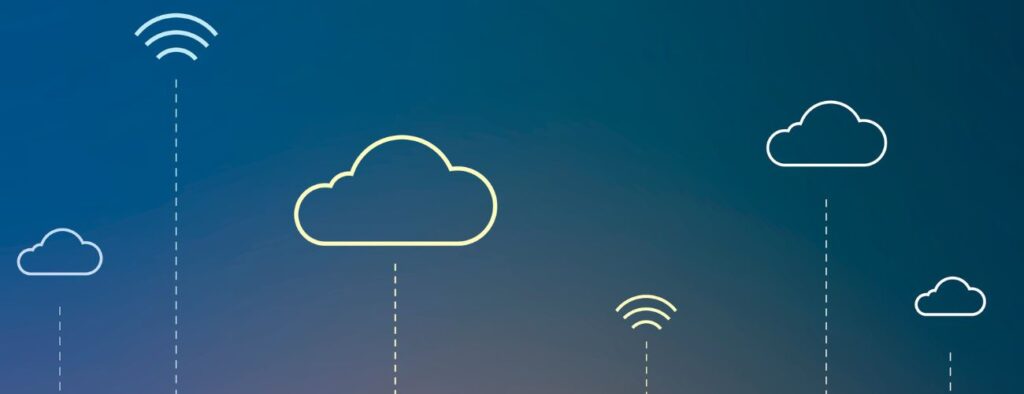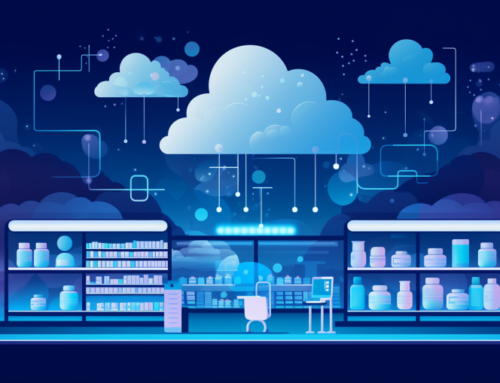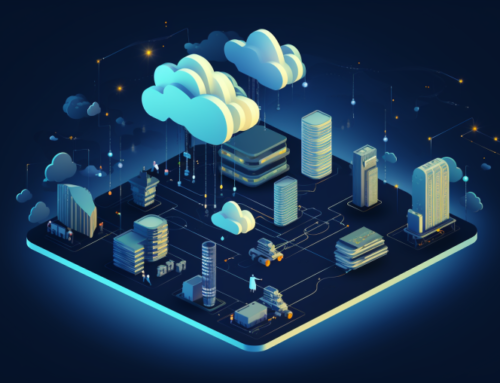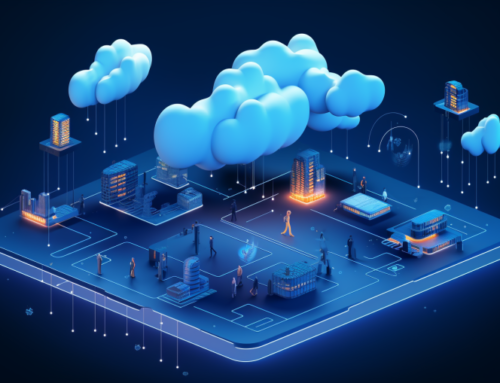Often when we hear about edge computing, it is within the context of advanced technology—autonomous vehicles, robots, and the like. However, one of the most fascinating and relatable examples of edge computing in action comes from the humble fast-food industry.
Consider a restaurant chain that uses edge computing to fine-tune its operations for peak efficiency and customer satisfaction. The company utilizes smart kitchen equipment, which conducts real-time analytics to guide precise decision-making. These decisions can be as granular as determining the exact moment to drop the fries into the fryer to achieve optimal crispiness, taking into account the unique operational environment of each store.
In the cloud, the company creates a forecast to predict how many fries should be cooked per minute over the day, based on transactional sales data. However, it is on the ‘edge,’ where real-time, on-site data from kitchen and point-of-sale systems further refine this initial forecast. This approach ensures that whether it’s a quiet afternoon or a bustling post-little league game rush, every customer enjoys perfectly crisp fries. Edge computing allows the restaurant to deliver fast, personalized service, setting a new standard for the industry.
Does the rise of edge computing signal the end of cloud computing? Far from it. Cloud computing remains a crucial component in managing the edge, and in fact, edge computing is poised to drive the next wave of cloud computing innovation.
What is edge computing?
Edge computing is a new capability that shifts computing to the network’s edge—closer to users, devices, and, importantly, data sources. This contrasts with cloud computing, where data generated or collected from various locations is transferred to a centralized cloud for processing. Centralized cloud computing simplifies and reduces the cost of processing data at scale. However, certain scenarios necessitate the immediate processing of data, negating the possibility of transferring it to the cloud:
- Limited or non-existent internet access: For example, an oil rig using a satellite connection in the middle of the ocean.
- Security or privacy concerns: Certain data cannot be transferred off-site due to regulatory constraints or security risks.
- Requirement for real-time decisions: Some devices, such as those used in robotic surgery, must analyze data and make immediate decisions. Here, latency of even a second or two is unacceptable, making it impractical to send data to the cloud and await a response.
In these cases, and in many others, edge computing is the perfect solution, offering rapid, on-site processing of data for quick, informed decision-making.

Advantages of Edge Computing
At its core, edge computing excels in mitigating risks of network outages or cloud latency when highly interactive, time-sensitive experiences are essential. It achieves this by infusing intelligence and automation directly into the physical world. From optimizing factory operations and controlling robotic surgery to streamlining production in a mine, edge computing creates transformative experiences.
If high speed and reliability don’t already make a compelling case for edge computing, here are three additional distinguishing features:
Unmatched data control
Edge computing provides the first point of interaction with the data source, determining the degree of original fidelity retained when converting analog signals to digital. This stage lets us decide what data is stored, obfuscated, summarized, and routed, while also enabling controls for data reliability, privacy, and regulatory compliance.
Consider facial recognition used to unlock a smartphone. Keeping data at the edge, i.e., on the device itself, allows AI models to learn each user’s facial features without transferring any images off the device. This approach safeguards privacy and reduces the risk of cloud security breaches.
Uninterrupted service
Edge computing delivers uninterrupted service and low latency due to reductions in network uptime, round-trip times, and bandwidth constraints.
Cost savings
Edge computing reduces the cost of cloud storage and data upload. Why pay for high-fidelity data when a summarized view or key insights might be sufficient?
Will edge computing usurp cloud computing?
Three reasons why edge will not replace cloud computing:
- For performance and cost reasons, centralized, co-located cloud computing remains a necessity. As the importance of cloud data and enterprise applications continues to grow, it’s clear that the cloud will increasingly integrate with data and insights from the edge, driving the creation of new applications to be deployed at the edge.
- Edge computing data contributes to more AI applications, which further amplifies the cloud’s importance. The inferencing that occurs at the edge originates from data aggregation for experimentation and model training, a process that requires substantial computing power. The cloud continues to be the optimal solution when combining edge, enterprise, and third-party data for discovery and AI model creation.
- Edge is an extension of the cloud and necessitates a platform-based approach: Integrating edge computing with existing cloud platforms simplifies application management and optimization.
Envisioning a cloud continuum future
Cloud and edge computing, while distinct, work together harmoniously. The cloud amalgamates data to generate new analytics and applications, which are then distributed via the edge – either on-site or with the customer. This process, in turn, produces more data that feeds back into the cloud, optimizing the overall experience. I refer to this harmonious balance as a virtuous cycle.
As we move forward, new edge applications will undoubtedly create highly contextualized and personalized experiences. While the remarkable crispy fries’ example will be hard to outdo, I am excited to see what the future of edge computing holds
Indeed, the convergence of cloud and edge computing points to a future where data processing and decision-making are more seamless and efficient. So, whether it’s in a bustling restaurant kitchen or an autonomous car, we’re witnessing the dawn of a new era of technology—an era where the edge and the cloud work together to drive unprecedented innovation.


